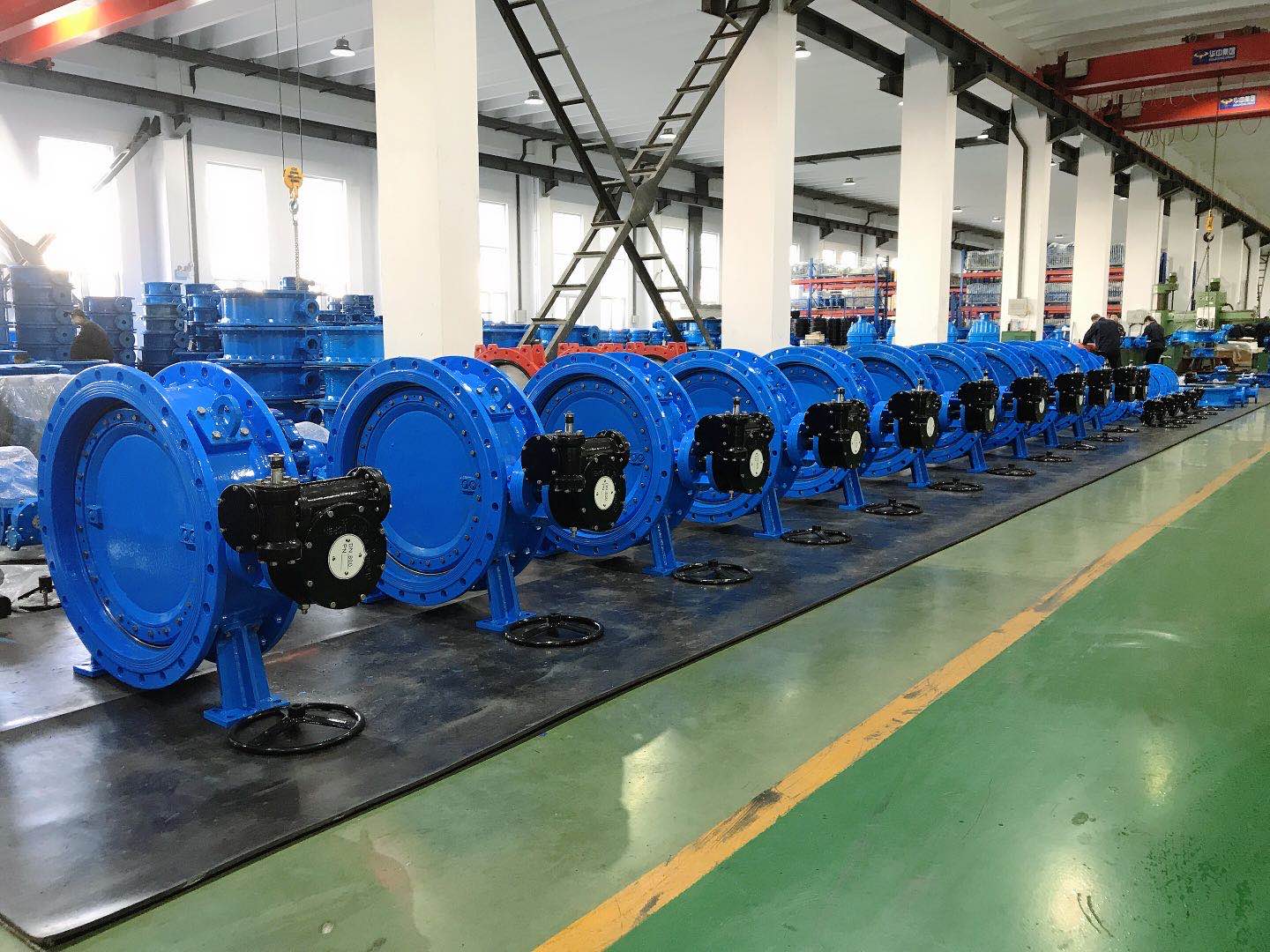1. Green Energy Worldwide
According to the International Energy Agency (IEA), commercial volume production of clean energy will triple by 2030. The fastest-growing clean energy sources are wind and solar, which together account for 12% of total electricity capacity in 2022, up 10% from 2021. Europe remains a leader in green energy development. While BP has cut back on its investment in green energy, other companies, such as Italy’s Empresa Nazionale dell’Electricità (Enel) and Portugal’s Energia Portuguesa (EDP), continue to push hard. The European Union, which is determined to tussle with the U.S. and China, has slashed approvals for green projects while allowing higher state subsidies. This has gained strong support from Germany, which aims to produce 80% of its electricity from renewables by 2030 and has built 30 gigawatts (GW) of offshore wind capacity.
Green power capacity is growing at an outstanding 12.8% in 2022. Saudi Arabia has announced that it will invest $266.4 billion in the green power industry. Most of the projects are being undertaken by Masdar, a United Arab Emirates energy company active in the Middle East, Central Asia and Africa. The African continent is also facing energy shortages as hydropower capacity plummets. South Africa, which has experienced repeated blackouts, is pushing through legislation to fast-track power projects. Other countries focusing on power projects include Zimbabwe (where China will build a floating power plant), Morocco, Kenya, Ethiopia, Zambia and Egypt. Australia’s green power program is also catching up, with the current government doubling the number of clean energy projects approved so far. A clean energy development plan released last September shows $40 billion will be spent on converting coal power plants to renewable energy plants. Turning to Asia, India’s solar power industry has completed a wave of explosive growth, realizing the replacement of natural gas, but the use of coal has remained largely unchanged. The country will tender 8 GW of wind power projects per year until 2030. China plans to build 450 GW of solar and wind power plants with sky-high capacity in the Gobi Desert region.
2. Valve products for the green energy market
There is a wealth of business opportunities in all kinds of valve applications. OHL Gutermuth, for example, specializes in high-pressure valves for solar power plants. The company has also supplied special valves for Dubai’s largest concentrating solar power plant and has acted as a consultant to Chinese equipment manufacturer Shanghai Electric Group. Earlier this year, Valmet announced that it would provide valve solutions for a gigawatt-scale green hydrogen plant.
Samson Pfeiffer’s product portfolio includes automatic shut-off valves for environmentally friendly hydrogen production as well as valves for electrolysis plants. Last year, AUMA supplied forty actuators to a new-generation geothermal power plant in the Chinshui region of Taiwan Province. They were designed to withstand a strongly corrosive environment, as they would be exposed to high temperatures and high humidity in acidic gases.
As a manufacturing enterprise, Waters Valve continues to accelerate the green transformation and enhance the greenness of its products, and is committed to carrying the concept of green development throughout the production and operation of the enterprise, accelerating the innovation and upgrading of iron and steel products, such as butterfly valves (wafer butterfly valves, centerline butterfly valves, soft-seal butterfly valves, rubber butterfly valves, and large-diameter butterfly valves), ball valves (eccentric hemispherical valves), check valves, venting valves, counterbalance valves, stop valves, gate valves and so on, and bringing the green products Push the green products to the world.
Post time: Jul-25-2024






